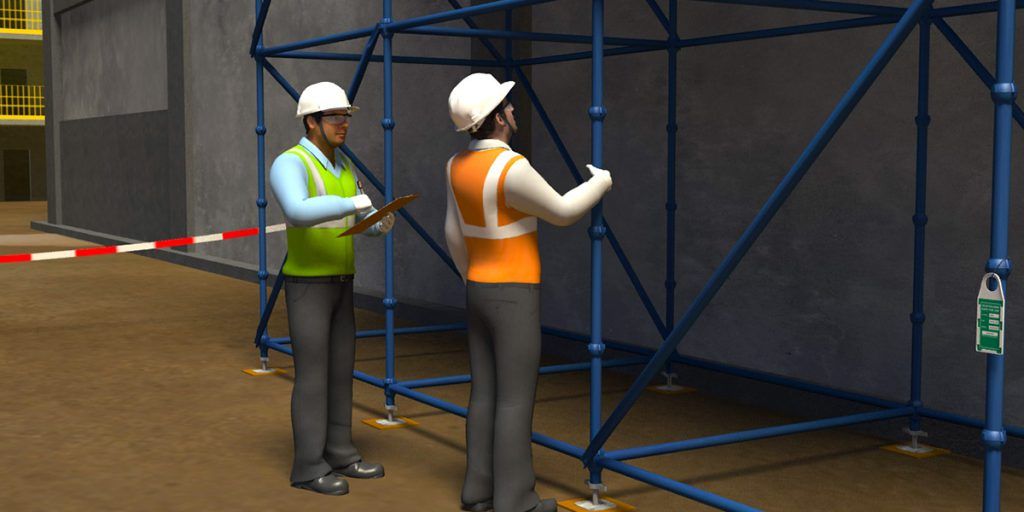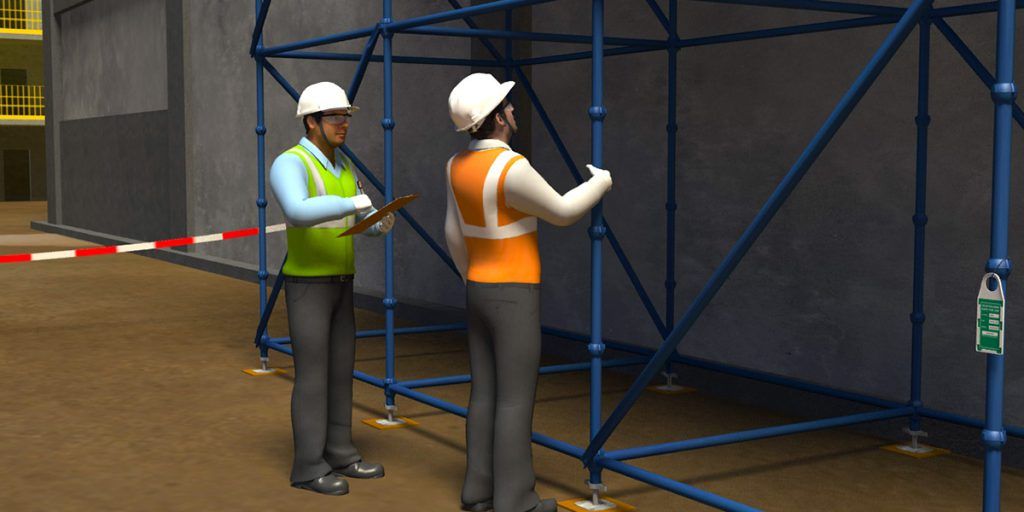Scaffolding services play a central role in the construction and maintenance industry. A scaffold is a temporary structure built to provide workers with safe access to elevated areas, whether for building, repairing, or painting. These structures date back thousands of years, with early examples seen in ancient Egypt and China where wooden or bamboo frameworks supported construction activities.
Today, scaffolding has evolved into a specialized service that involves careful planning, engineering, and compliance with safety standards. Modern scaffolding is made from materials like steel, aluminum, or composite systems, which ensure durability and safety. Service providers typically handle design, installation, inspection, and dismantling, ensuring that scaffolding meets site-specific requirements.
Importance
Scaffolding matters today more than ever because of the increasing complexity of construction projects and heightened safety expectations.
Why scaffolding services are important:
-
Worker Safety: Scaffolds provide stable platforms, reducing the risks of falls and injuries.
-
Efficiency: Workers can move materials and tools easily at height, improving productivity.
-
Access: Scaffolds allow safe entry to difficult or high areas that ladders or lifts cannot reach.
-
Versatility: They are used in residential, commercial, industrial, and infrastructure projects.
Who it affects:
-
Construction companies – for both large and small projects.
-
Workers and contractors – who rely on safe platforms.
-
Property owners – who must ensure compliance with building and safety codes.
-
Governments and regulators – who enforce occupational safety rules.
Problems it solves:
-
Reduces accidents caused by unsafe access methods.
-
Speeds up repair and maintenance work on tall structures.
-
Provides a cost-effective method compared to machinery like cranes or aerial lifts.
Recent Updates
The scaffolding industry has seen significant updates in the past year, driven by technology, sustainability, and safety.
-
Digital Tools (2024–2025): More companies are adopting 3D modeling and BIM (Building Information Modeling) to design scaffolds virtually before installation, reducing errors and improving safety compliance.
-
Sustainability Efforts (2024): Aluminum scaffolds are gaining popularity because they are lighter and easier to recycle compared to steel. Bamboo scaffolding, still widely used in parts of Asia, is being refined with stronger binding materials for eco-friendly practices.
-
Safety Regulations (2024): Countries such as the UK and US have updated safety codes in 2024 to reinforce mandatory inspections and worker training before scaffolding use.
-
Automation and Smart Monitoring (2025): Pilot projects in Europe introduced IoT sensors on scaffolding frames to monitor stability, detect vibrations, and alert site managers about potential hazards.
| Trend | Details | Impact |
|---|---|---|
| Digital Design | Use of BIM and 3D modeling | Improved planning, fewer errors |
| Sustainable Materials | Aluminum, bamboo innovations | Eco-friendly, lighter, reusable |
| IoT Monitoring | Sensors for safety | Early warning of risks |
| Updated Regulations | Stricter inspections | Fewer accidents, safer sites |
Laws or Policies
Scaffolding services are closely governed by occupational health and safety regulations, which vary by country but share common principles.
United States (OSHA Regulations):
-
The Occupational Safety and Health Administration (OSHA) enforces standards under 29 CFR 1926 Subpart L.
-
Rules include load capacity requirements, guardrails, worker training, and regular inspections.
United Kingdom (Work at Height Regulations 2005):
-
Employers must ensure scaffolds are designed, erected, and inspected by competent persons.
-
Inspections are required every 7 days or after significant weather events.
India (Building and Other Construction Workers Act, 1996):
-
Requires proper scaffolding, guardrails, and fall prevention measures.
-
Safety officers must be appointed for large projects.
European Union (EU Directive 2009/104/EC):
-
Sets minimum safety requirements for using work equipment, including scaffolds.
-
Encourages training and certification of scaffold erectors.
Overall, policies emphasize regular inspection, competent design, and worker training as the pillars of scaffolding safety.
Tools and Resources
Scaffolding service providers and workers use several tools and resources for safe and efficient operations.
Digital Tools and Apps:
-
PlanGrid / Autodesk Construction Cloud – For scaffold design and project management.
-
BIM 360 – Virtual modeling of scaffolding in construction planning.
-
Scaffold Calculator Apps – Estimate load capacities and dimensions.
Websites and Templates:
-
OSHA Scaffold Safety eTool (osha.gov) – Step-by-step guidance for compliance in the US.
-
CITB (UK) – Offers training resources and certification for scaffold erectors.
-
National Access and Scaffolding Confederation (NASC, UK) – Safety documents and guidance notes.
Services and Industry Support:
-
Professional scaffolding companies offering rental, design, and inspection.
-
Training programs for workers, including online and practical courses.
-
Safety inspection checklists provided by government and trade bodies.
FAQs
Q1: What are the main types of scaffolding used in construction?
A: Common types include supported scaffolds (frames, tubes, and couplers), suspended scaffolds (hanging platforms), rolling scaffolds (mobile towers), and system scaffolds (modular pre-engineered systems).
Q2: How often should scaffolding be inspected?
A: Most regulations require inspection before each work shift, weekly, and after severe weather or impact.
Q3: Who is allowed to erect scaffolding?
A: Only competent persons with proper training or certification should design and erect scaffolding, as per national safety laws.
Q4: What safety measures should workers take on scaffolds?
A: Workers should wear fall protection equipment, avoid overloading platforms, ensure guardrails are in place, and follow site-specific safety guidelines.
Q5: Is scaffolding always necessary for small projects?
A: Not always. For minor tasks, ladders or mobile platforms may be sufficient, but for extended or high-elevation work, scaffolding is the safer and more stable option.
Conclusion
Scaffolding services form the backbone of safe and efficient construction, enabling workers to perform tasks at height with reduced risk. With new technologies like digital modeling and IoT monitoring, along with stricter global safety regulations, scaffolding continues to evolve into a highly professionalized service.
For anyone involved in construction whether property owners, contractors, or workers understanding the basics of scaffolding, staying updated on safety laws, and using available tools can make projects safer and more effective.

